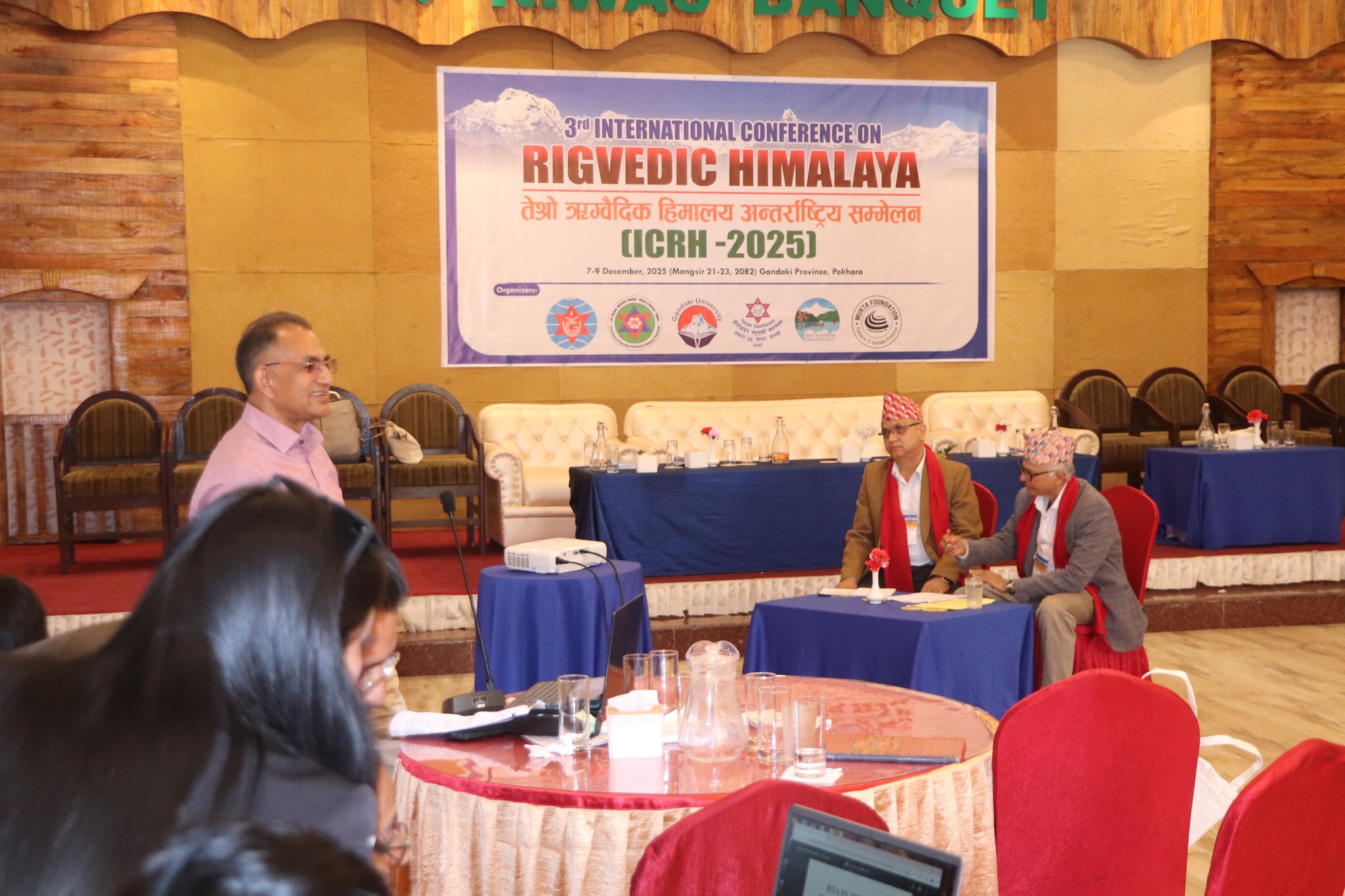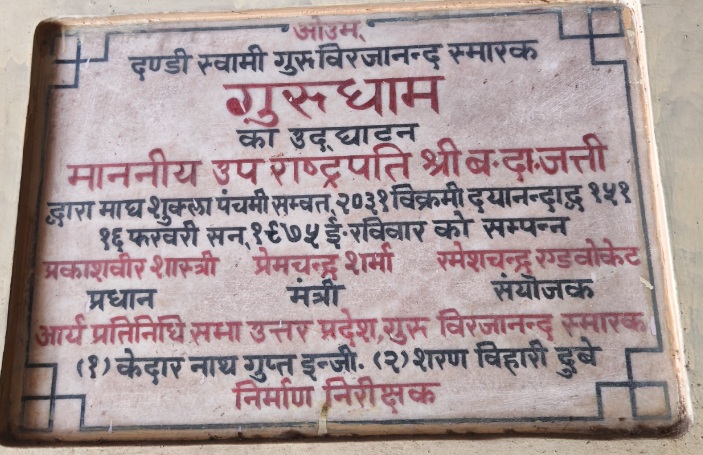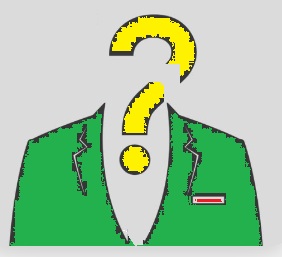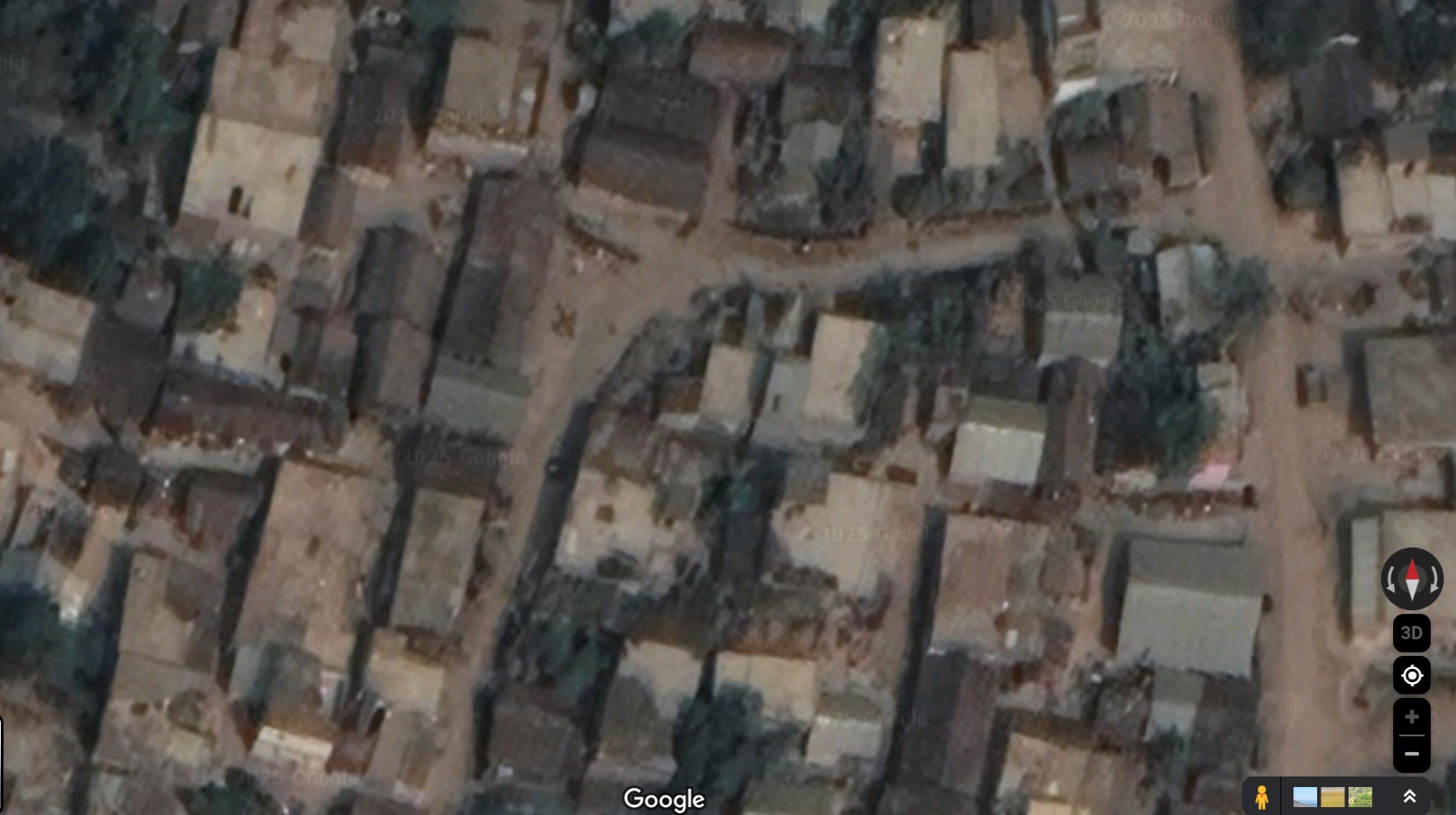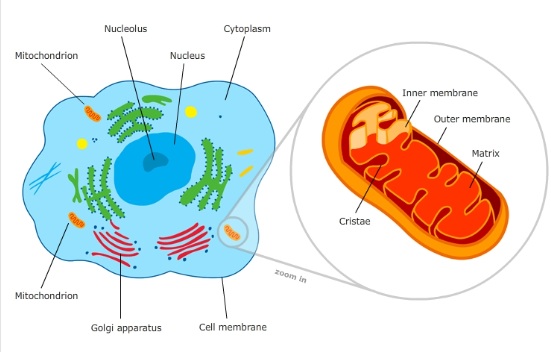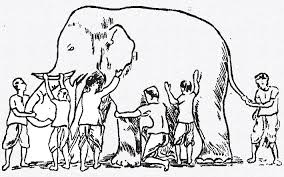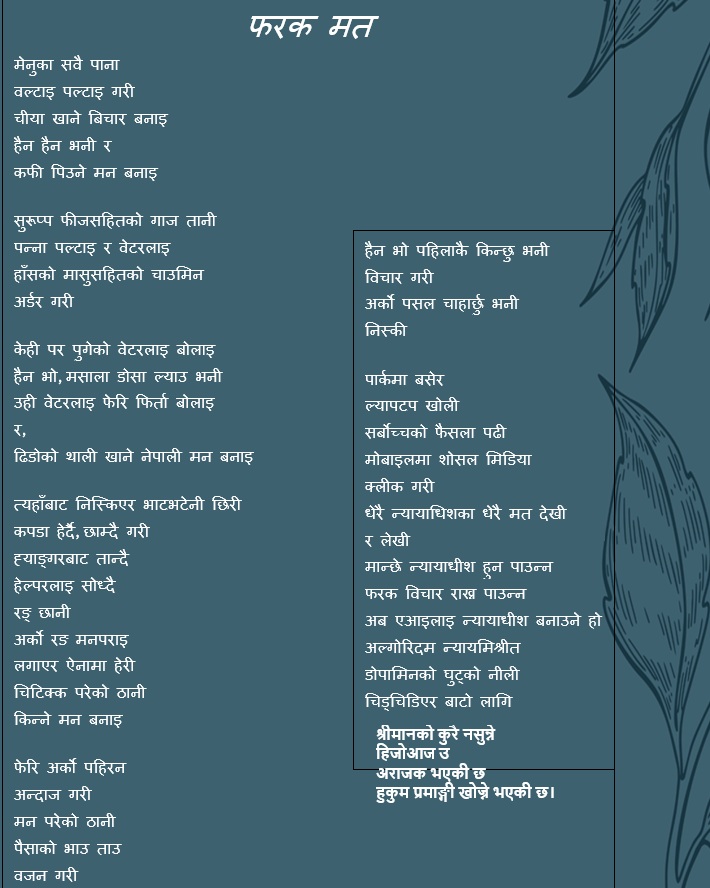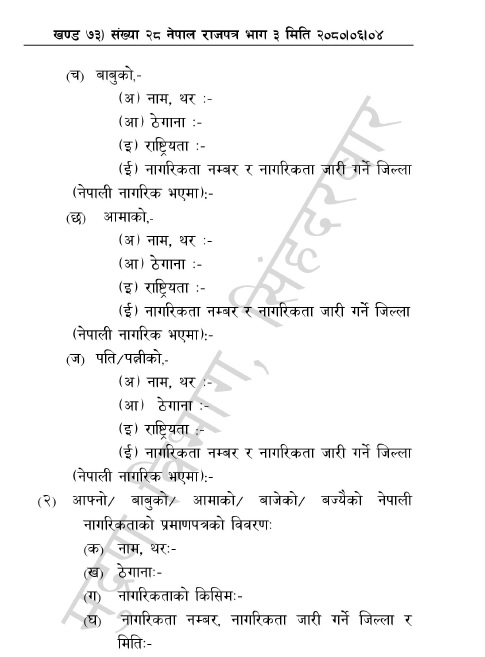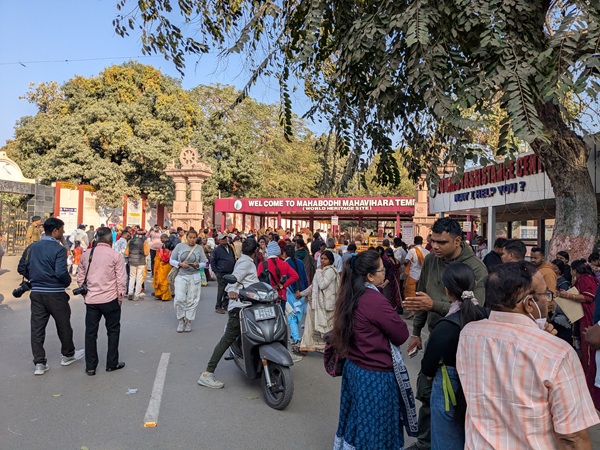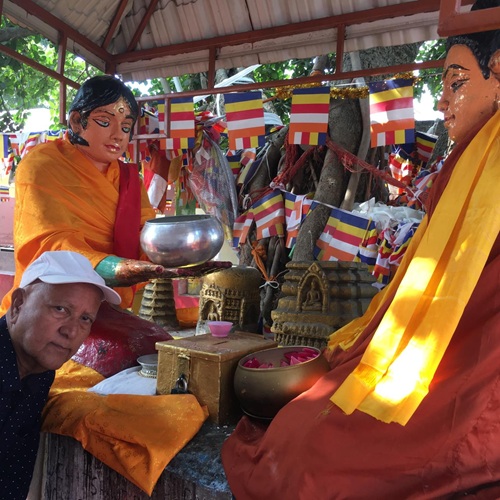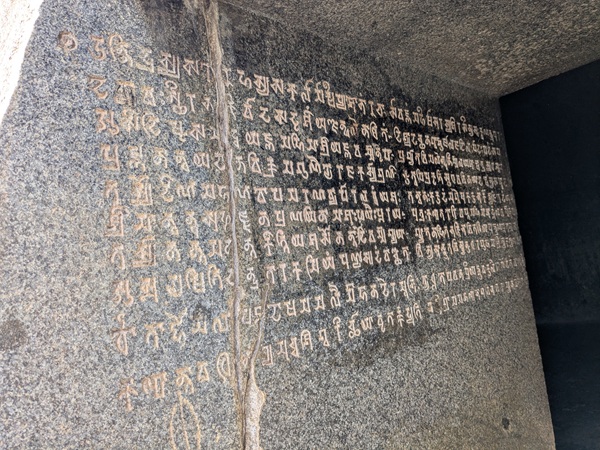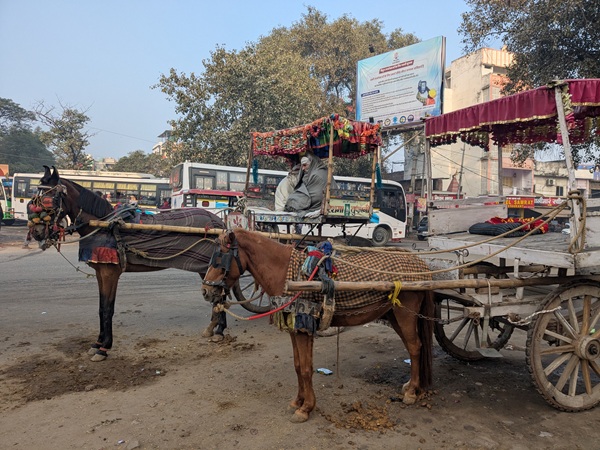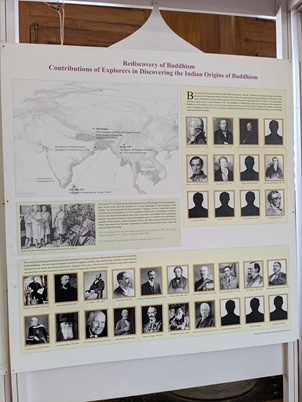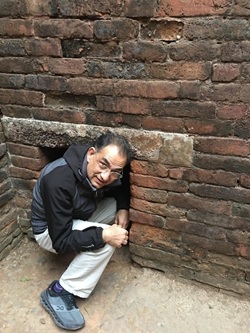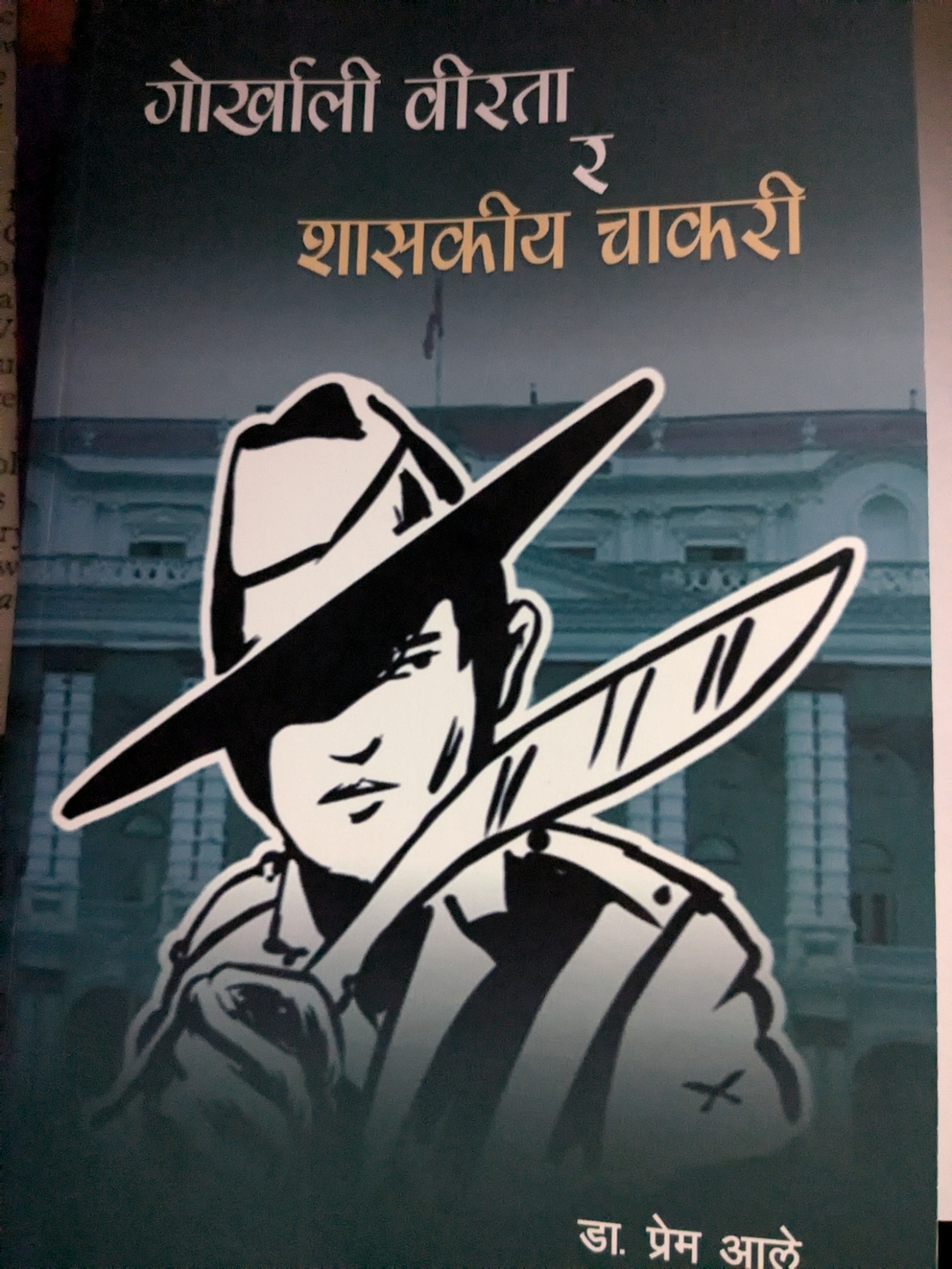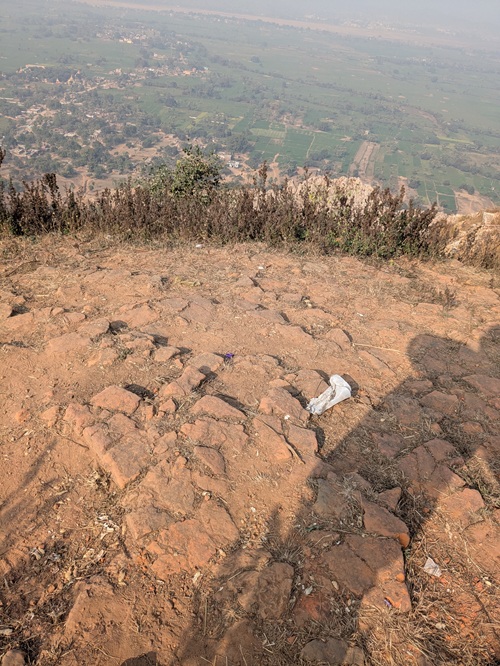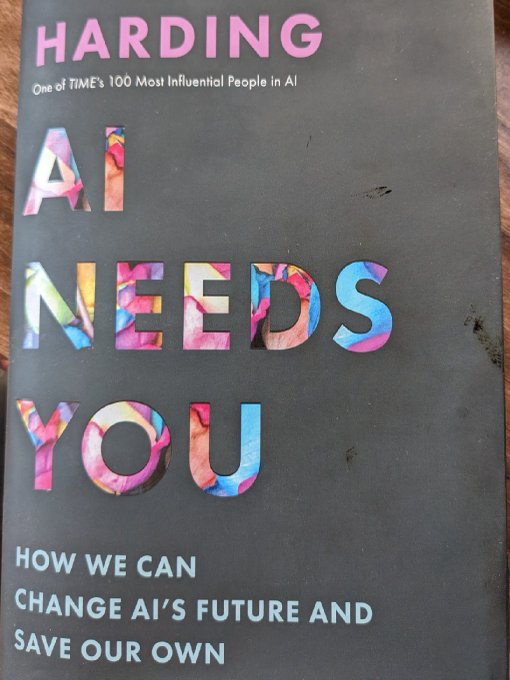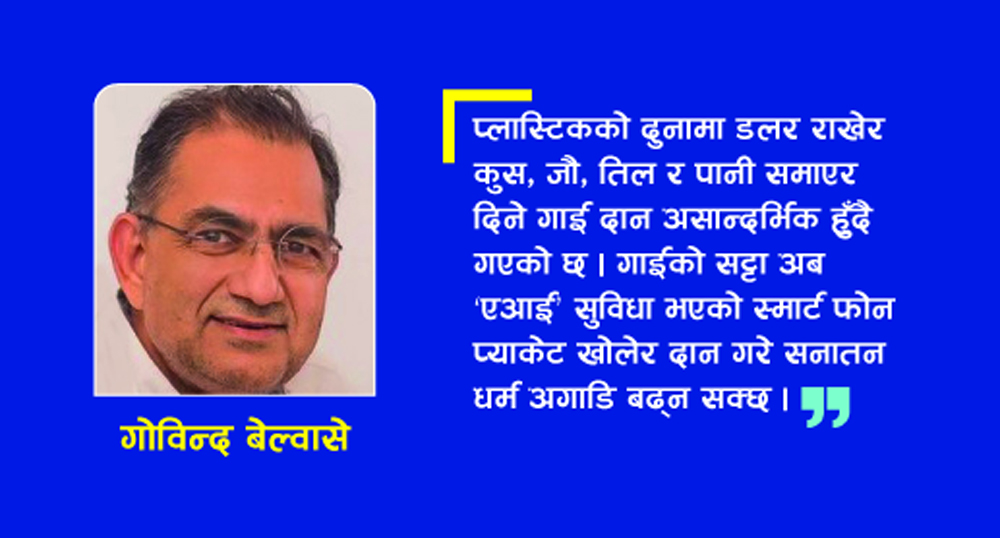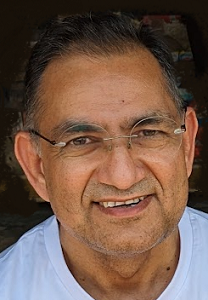वि�...
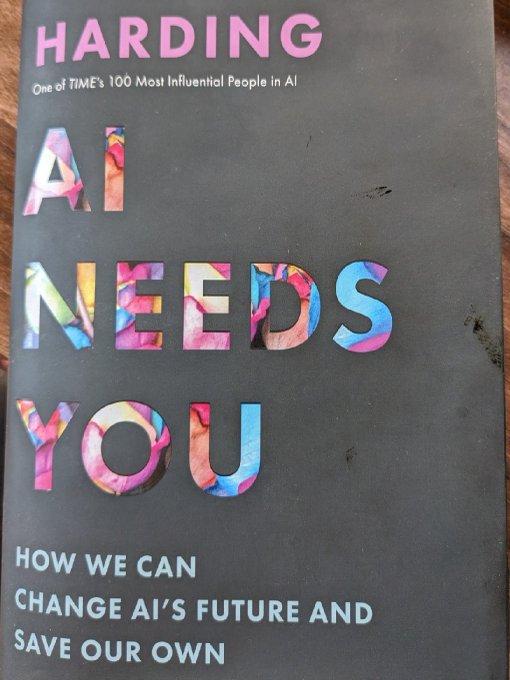
Reader's note:
The ancient wisdom of the Rigveda, as translated by Dayananda Saraswati, converged with the futuristic concepts in a book about Artificial Intelligence (AI) by Verity Harding.June Reading: Listening to Dayananda While Understanding Varity
29 Aug, 2024June Reading: Listening to Dayananda While Understanding Varity
It was June, a time when the nights were short and the days seemed to stretch. An extraordinary coincidence occurred. The ancient wisdom of the Rigveda, as translated by Dayananda Saraswati, converged with the futuristic concepts in a book about Artificial Intelligence (AI) by Verity Harding. The book, titled "AI Needs You," was a fresh release of 2024 and brought a new perspective on a new topic.
Since childhood, I had heard praises of the Rigveda, often accompanied by tales from scholars who claimed that everything we know in the West today, from aeroplanes to rockets, originated from our Vedas. This piqued my curiosity. However, my lack of knowledge in Sanskrit made me hesitant. To my relief, I found Hindi translations of the Rigveda by Dayananda Saraswati available on YouTube. These translations were comprehensive, with most segments being around an hour and a half long, and even the shorter ones lasting fifty minutes. I dedicated a significant amount of time to listen to all 45 parts, each echoing the same teachings to various audiences—commoners, rulers, male, women and scholars alike.
Meanwhile, Harding’s book was filled with detailed bibliographies and endnotes, making it easy to verify its claims. However, my thirst for the authenticity of the Rigveda remained unquenched. Dayananda’s translations were based on the collections and standards set by his teacher, Brijananda (Including his own Smriti as memory), who had searched for a mentor throughout India and even Nepal before finally meeting Brijananda in Vrindavan at the age of twenty one.
Max Müller, another scholar who researched and translated the Rigveda, is often considered an authority on the text, especially in the West, while Müller excavated historical fragments. Harding’s book delved into the technologically advanced future. Yet, like the Vedic texts, she also reflected on the past to contemplate a well-organized better society. The Vedas discuss duties for rulers, responsibilities for the people, and the contributions of scholars to ensure the welfare of society.
One striking line from Harding’s book encapsulates the essence of the discussion on artificial intelligence: "We shouldn’t regulate AI until we see some meaningful harm that is actually happening, not imaginary scenarios" (Michael Schwartz, Microsoft’s chief economist at Microsoft, p. 165). However, Harding argued that significant harm had already occurred, and waiting for more could be disastrous.
The book fair, known as the ‘Hay Festival,’ was where I stumbled upon this book, which I might not have found otherwise, given my usual browsing habits. This coincidence emphasized how AI already significantly influences our lives, including the literature we encounter.
Harding expressed concern about AI's impact on societal balance and stressed the need for global cyber regulation, highlighting the transformation from the traditional "yes and no" binary systems to more complex systems like LLMs and quantum computing. This shift, represented by technologies like ChatGPT, signifies only the beginning of a broader change.
In Harding's exploration, she reflected on how past technologies, like IVF, challenged societal norms. The debates around IVF in the 1970s, when society struggled to accept the new technology, echo today's discussions about AI. She drew parallels between the political and social debates of that era, including Margaret Thatcher's role in allowing IVF in the UK, and the current discussions on regulating AI.
The book also celebrated technological milestones, such as the Apollo missions, while urging caution. Harding praised Kennedy's leadership in advancing space exploration and his role in promoting world peace through nuclear test ban treaties. She argued for a similar global approach to AI, free from nationalistic constraints.
In the first chapter, there is a heartfelt appreciation for President John F. Kennedy’s role in advancing Apollo spacecraft technology. The author mentions the criticism Kennedy faced for spending on technology to send humans to the moon instead of addressing the needs of the hungry population at the time. Despite opposition from notable figures like Martin Luther King Jn., McDouglas, and Walter Lippmann (page 69), the author stands by Kennedy’s steps to bring technological achievements to society, which should still serve as a guide today. The author also highlights Kennedy’s tech-friendly mindset and his geopolitical role in controlling nuclear tests for world peace. Even though the U.S. reached the moon first, Kennedy did not claim exclusive rights to space exploration, which the author views positively. The book’s core message is that AI should not be confined within national borders but should be embraced collectively.
The author examines past events to emphasize that AI-friendly facilities should not be unregulated. She also acknowledges the role of Soviet Russia’s Khrushchev in these steps. The author firmly supports regulations to discourage the misuse of technology and urges global leadership to create necessary regulations. The book begins by discussing the negative aspects of AI and concludes by calling on the global community to advance towards a tech-friendly society with regulations to control negative aspects.
AI operates beyond geographical boundaries. Therefore, the book discusses the scope of the Apollo mission and artificial insemination. Although national borders control these, the book does not extensively cover maritime and air transport, which are traditionally regulated by treaties. The author briefly mentions that similar goodwill is needed for AI.
North America has played a significant role in the development of internet technology. The author expresses happiness that the U.S. adopted an open participation policy instead of maintaining a monopoly. She also gives the U.S. the benefit of the doubt for the delay in transferring technical structures to relinquish internet monopoly, attributing it to the 9/11 attacks. The author positively views the policy to transform ICANN (Internet Corporation for Assigned Names and Numbers) into an international structure. ICANN, a non-profit organization, is responsible for managing DNS (Domain Name System).
The author supports the method of not narrowing the scope of research and technological advancement since Kennedy’s time. However, she criticizes the practice of keeping root data within the U.S. (page 211). In the context of the internet, DNS data is a tangible resource. The author argues that keeping such data solely within the U.S. indirectly maintains a monopoly, which could be misused in unfavorable circumstances. She suggests understanding this as an unfinished task for maintaining world peace.
While reading a book about the highest technology used by humans, I was also listening to the translation of the Vedas. My mind became a scale to measure the experiences of the new era of technology and the thoughts of the ancestors.
While listening to the suggestion that even in the Vedas, there should be a device to go into space, I was also understanding the guidance of the sages. I considered that the sages did not have access to the internet in their imagination. I was comparing the scope of knowledge of the translator of the Vedas, Dayanand Saraswati, who lived in a time when the internet technology was not even known in theory. Since he was an activist against the British colonial rule in India, I could not help but wonder how honest he was in his translation. On one hand, the Vedas are claimed to be very ancient texts, but I found mentions of iron. This made me think that either the Vedas must not be older than the Iron Age, or there must have been some errors in translation or compilation.
If the Vedas are indeed very ancient, how could the consciousness of the creation of the world arise in the mind of the author? At 20 minutes and 48 seconds into the 34th part of a YouTube video, I heard something that matched the Big Bang theory as stated by modern science. It is said that at the beginning of creation, there was nothing, and the creator has neither birth nor death.
The question arises, if this topic is not the saying of a prehistoric sage but the thought of the translator, was it possible even in the thinking of Dayanand (1824–1883)? On one hand, there was modern science with the help of AI, and on the other, there was the knowledge of yoga practice.
While listening to Dayanand’s book ‘Satyarth Prakash’ on YouTube, I felt somewhat convinced. In the section called Hiranyagarbha, there is an explanation of the beginning and end of creation through the context of a chicken egg. It is explained that life begins in the egg and ends with the death of the chicken. If it were a wind egg, nothing(Chicken) would be created. Dayanand explained that the laws of chemistry, physics, etc., are what he called God. My understanding is that he did not consider a conscious being as God but rather the laws of nature. He says that the result after the chick is formed from the egg is the soul. The process of incubation of a fertilized egg and the laws of nature are God. Dayanand did not consider the creator God to be a conscious being.
Therefore, in Vedic rules, idol worship cannot be a part of spirituality. Hence, the incarnation of God is also not possible. Dayanand says that spiritual gurus who claim to be God themselves are hypocrites.
The question of whether AI technology, which can answer other unanswered questions from the sages, should be allowed to develop freely or be regulated is a matter of concern for all of us.
As I absorbed these new technological insights, I also immersed myself in the ancient Vedic wisdom. The contrast between the Vedic descriptions of space exploration and the modern understanding of AI was striking. This raised questions about the true nature of these texts and their interpretation over time.
Dayananda's rejection of idol worship and his portrayal of God as the natural laws rather than a sentient being also struck a chord with me.
As I continued to explore both ancient and modern perspectives, the question of how to regulate AI—whether to let it develop freely or under strict guidelines—remained ever-present. Harding’s warnings resonated deeply, reminding us that these issues are not just theoretical but directly impact our daily lives.
© www.amaaba.org

